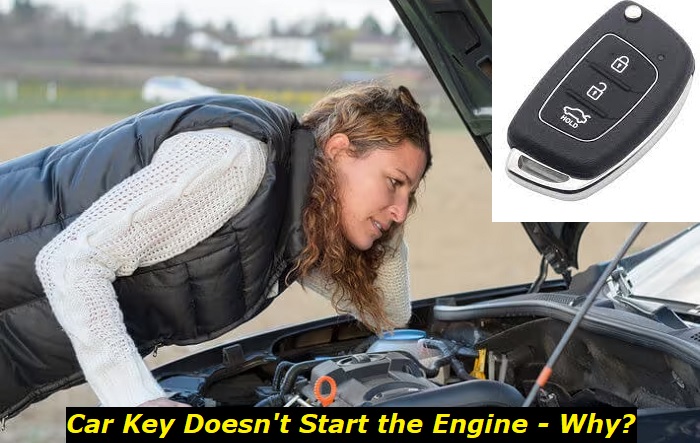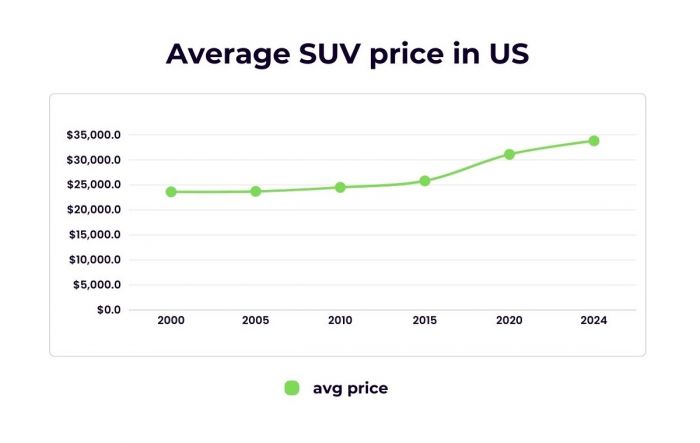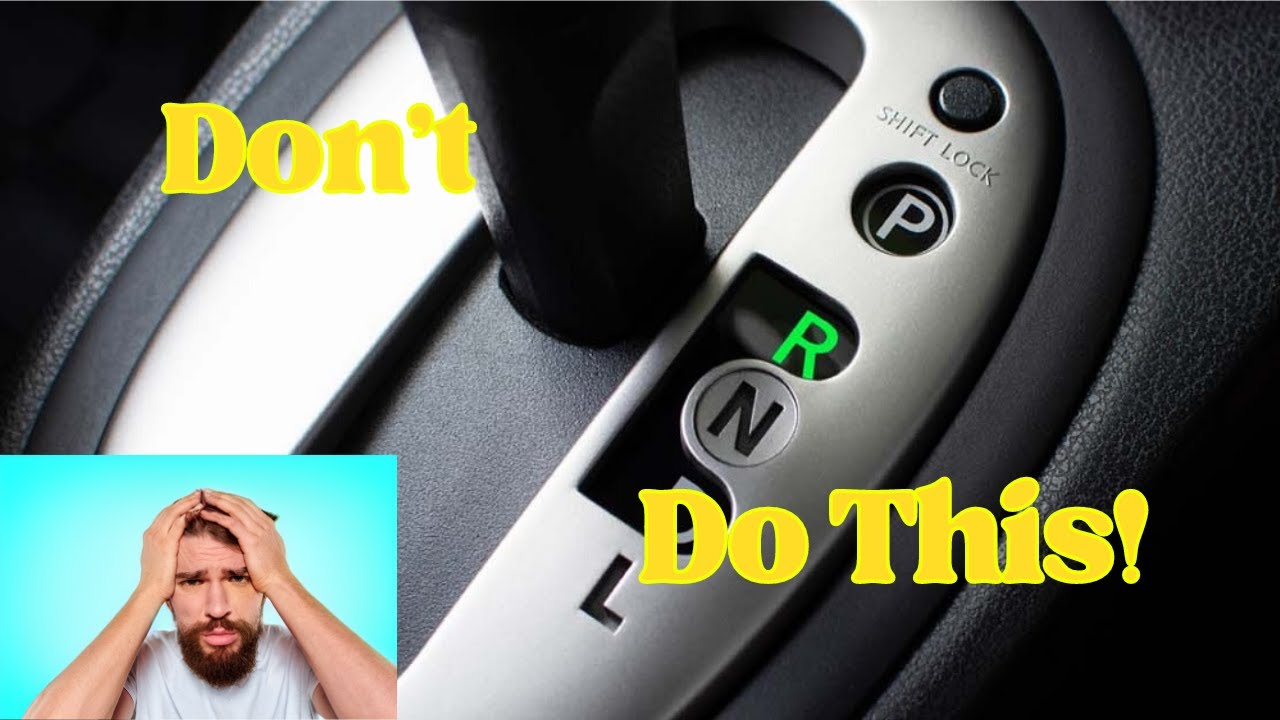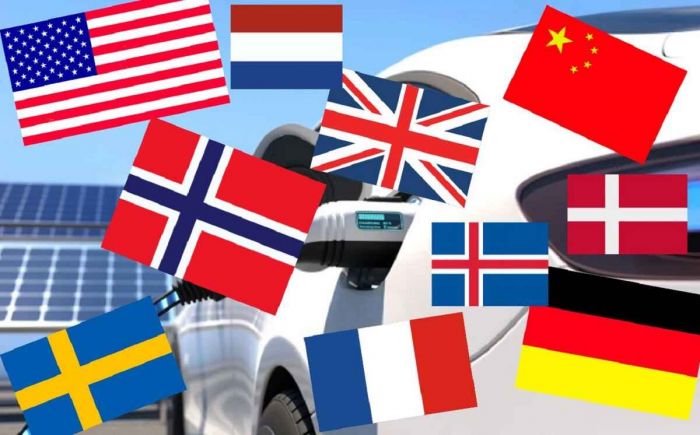Most drivers will jump to the conclusion that the car battery is dead when the car fails to start. While this can be true, the car may fail to start because of several reasons, some of which are complex and subtle.
This article discusses why your car keys can unlock and lock the doors but fail to start the car. There are several different types of car keys, and each type has its unique characteristics. We will give possible solutions to these issues, and you may be on the road before long.

Different types of car keys?
Car keys may seem like any other lock keys, and many people don't understand the intricate workings of this all-important key. Before 1995, car keys were plain metal and unlikely to have an issue starting your car unless the key was broken.
After 1996, car keys came with a transponder. This new key is safer and is equipped with a transmitter that communicates with a receiver inside the car. A malfunction on the part of the transponder could lead to the keys failing to start the vehicle. If the car fails to start, consider checking both the physical key and the transponder.
We are now in the era of the remote fob key. You may have come across the STOP/START ignition type of car where the driver carries a gadget that works like a remote control. This type of key has an electric circuit and a transmitter while the receiver is inside the car. These keys have batteries, and when this battery runs low or there is an issue with the circuit board, the car won't start.
How do car keys work, and why unlock doors but not start the car?
- A dead car battery
Your car battery may have residual volts before it completely dies. This means it can power some basic functions that don't require a lot of power. If you listen to the radio for hours or leave the headlights on for several hours, the battery will run low when the engine is not running. You may still be able to unlock the doors, listen to the radio or operate the windows, but when you turn the ignition key, the battery won't power the ignition system.
This issue will affect all vehicles whether you use the fob key or the traditional key. You will also notice that the more you try to crank the engine, the more the battery gets drained. The solution would be to jumpstart the car or charge the battery.
- The fob battery is dead
While still on the topic of batteries, as mentioned earlier, the fob key uses a battery to enable it to communicate with the car. This battery, when new allows the fob key to operate within a wide radius, but as the battery energy reduces over time, the radius reduces. At some point, the fob key will only unlock the car when you are within a few centimeters from the doors. Starting the engine with such a key is 50-50; over time, it will fail to start the car.
The solution to this problem is to buy a new fob battery. These batteries are commonly found in stores. Replacing the battery is also not hard, and you won't need any tools other than your nails to pry the gadget open.
- A faulty ignition lock cylinder
An ignition lock cylinder is a mechanical component where you insert the key to start the car. This safety feature part is found inside the ignition switch and is equipped with wafer tumblers. Lock cylinders use electrical parts to lock the ignition when the key is inserted. The electrical components will decipher the key's frequency or code, allowing the car to start. If the wafer tumblers or pins are damaged either because of wear and tear or worn-out keys, the ignition key won't turn, preventing the ignition from turning.
When the wafers are worn out, it is possible to remove the car keys while the engine still runs. The key may fail to rotate, and it can easily be broken or bent when the wafers in the ignition lock cylinder are faulty. The solution to this issue is to have the ignition switch replaced. This issue affects the traditional and transponder type of keys and is not common.
- A faulty ignition switch
The ignition switch is the electrical component of the ignition system. The ignition switch is basically the key to starting your car. The ignition switch has a mechanical part, a lock cylinder, and an electrical part, which activates the ignition process when the car's computer reads the keys chip. A faulty switch means the key won't be detected, and the ignition process won't commence.
- A faulty ignition coil
The ignition coil is located past the ignition switch. It is located under the hood and communicates with the computer as well. When you turn the key or push the START/STOP button, the switch activates the voltage from the battery to go to the ignition coil hence creating the ignition spark. This ignition spark travels to the spark plugs, which initiate the combustion process. The coil converts the low 12V of the battery into 30,000 volts required to start the combustion process.
When the wiring in the ignition coil is broken, or the coil windings are faulty, the ignition process won't start. A lot of moisture, either due to excessive water or oil, can lead to the ignition coil shorting out. In most cases, a faulty coil will cause the engine to misfire.
- Faulty DAS (Drive Authorization System)
If you have a 2000 or newer Mercedes or another vehicle that employs the DAS, it is important to note that the ignition process is more complex than just pressing the start button. This ignition is a safety measure that ensures only the right key starts the engine. Even though you may manage to unlock the doors, if your key doesn't have DAS, you can't start your car.
Your car uses a Drive Authorization System to electronically validate your car keys. Your fob key comes with an EEPROM chip containing a fixed serial and a rolling code. When you use the key to start your car, DAS will read the fixed serial and rolling codes.
The DAS system then compares these codes to known values stored in DAS, and if a match is found, the vehicle's ECM activates the engine to start. The DAS system will write a random rolling code to the fob key, and if the key fails to validate this code, ECM will prevent the engine from starting. This will happen even if you manage to turn on the ignition switch mechanically.
- Signaling issues
If pushing the start button gives nothing, yet the doors unlock and lock normally, you should consider a signaling problem. The fob key sends radio frequencies to the receiver in the car to have the doors lock or unlock. In the case of ignition, a different system is employed. As described above, the DAS system is now used on fob keys, and this means the key you have has to be able to validate the randomized codes the ECM sends it.
The fob key might fail to communicate with the ignition because of a signaling issue, such as a small crack in the circuit board of the fob key. The circuit board is put in place using solder. Solder joints can have very small cracks or even suffer from a cold freeze, making the EEPROM fail to communicate with the ECM.
If this happens to you, try a second key and see whether the engine starts. Of course, the second key has to be programmed to your specific vehicle. If your second key starts the engine, then a signaling malfunction is the likely culprit.
- Worn out or damaged key
Traditional keys can get worn out just like everything else. Remember, safe for some trucks, the traditional ignition stopped being made in 1995. Over the years, your ignition keys wear out, and the grooves become blunter. Your car key could also be damaged; hence unable to start your car. Remember, a damaged key might not be visibly broken.
Every car has its unique type of key, which means a change in how it looks or is shaped can make the sensitive ignition switch fail to recognize it. This is a problem facing the older car models more than the modern START/STOP type of cars.
The solution to this problem is to have a replacement. If you have the transponder keys, you will also need to program the keys for the chip to communicate with the ECM.
Conclusion
Your car keys are specially made and designed for your car. You must take care of the keys since any damage to them might leave you stranded. Avoid using your car keys as a lever or prying stuff that might end up bending or breaking the key. Replacing car keys is usually a costly affair.
We have looked into the various reasons why your car keys might unlock the car but fail to start the engine. By going through each of the reasons described, you will easily identify the reason for the car failing to start.
About the authors
The CarAraC research team is composed of seasoned auto mechanics and automotive industry professionals, including individuals with advanced degrees and certifications in their field. Our team members boast prestigious credentials, reflecting their extensive knowledge and skills. These qualifications include: IMI: Institute of the Motor Industry, ASE-Certified Master Automobile Technicians; Coventry University, Graduate of MA in Automotive Journalism; Politecnico di Torino, Italy, MS Automotive Engineering; Ss. Cyril and Methodius University in Skopje, Mechanical University in Skopje; TOC Automotive College; DHA Suffa University, Department of Mechanical Engineering






Add comment